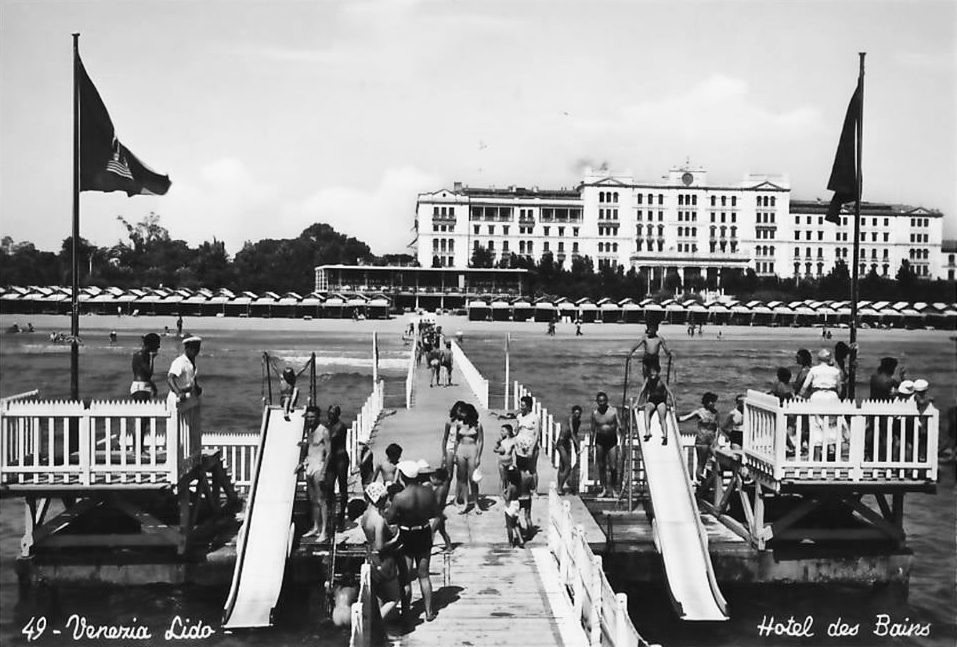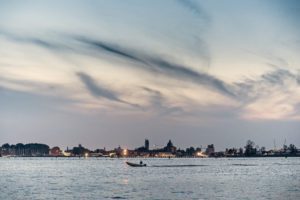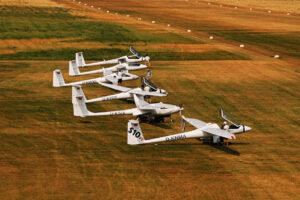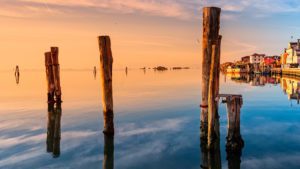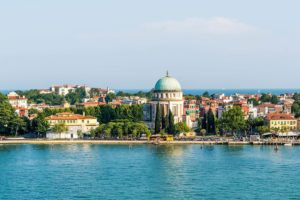Nicelli Airport, history and beauty in Lido Venice
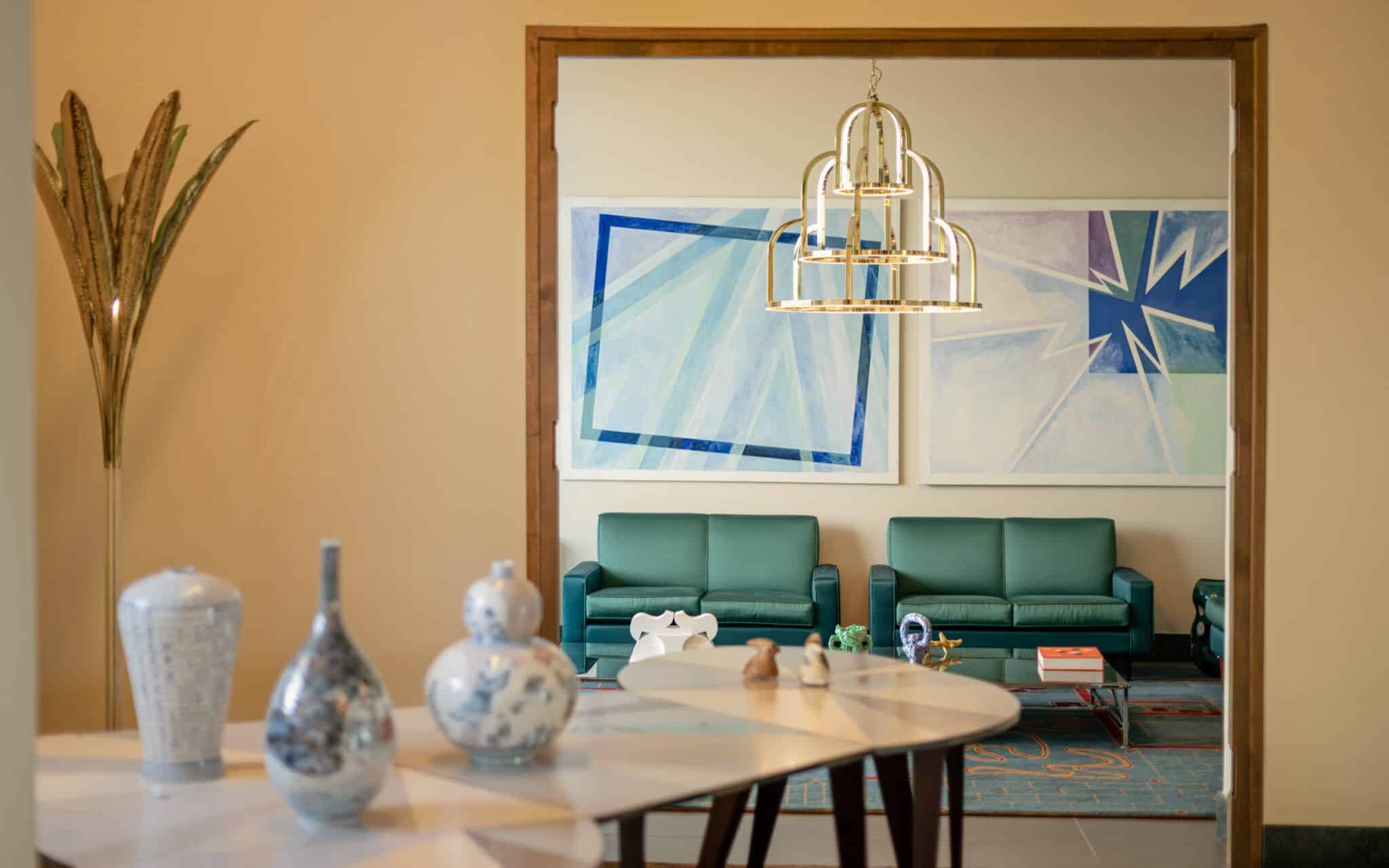
BETWEEN PAST AND FUTURE OF THE FIRST CIVIL AIRPORT OF ITALY
At the northernmost point of Venice Lido, at the height of the San Nicolò area, lies a small jewel of rationalist architecture which, if it could speak, would certainly have many stories to tell. We are talking about Giovanni Nicelli Airport, officially inaugurated in 1935, but already functioning since 1926.
The beginning of its history coincides with the birth of Italian civil aviation, at the end of the First World War, at a time when neither Rome nor Milan could yet boast their own air terminal. And it was from here, in 1926, that the first passenger flight took off, bound for Vienna.
The project of the engineer Renato Morandi aimed to transform the airport into a national excellence and, for this reason, he set up here his Transadriatica company, which later became Ala Littoria and, after the Second World War, Alitalia.
For a long time, Nicelli was Venice’s only airport, beloved above all by the artists who landed on the island of Lido for the new International Film Festival. A privileged gateway to the lagoon until, at the beginning of the 1960s, the current Marco Polo came into operation and the Lido airport became for private use only.
Shapes, colours, furnishings: the details designed by the architect Mario Emmer, together with the works of the futurist artist Tato, make the Nicelli a true monument to the 1930s. Faithfully restored over the years, it still retains that avant-garde charm, to the point that in 2014, BBC ranked it third among the world’s ten most beautiful airports.
What keeps the atmosphere alive today are the many initiatives that have transformed the airport into a cultural hub and eventually Venice Lido into the perfect destination for art lovers. Currently, the hall is hosting the exhibition ‘The Ever-Present Future of Design’, curated by Nina Yashar’s Nilufar Gallery. A stimulating dialogue between artists and designers from past and present, that ends up redefining also the future itself of Nicelli.
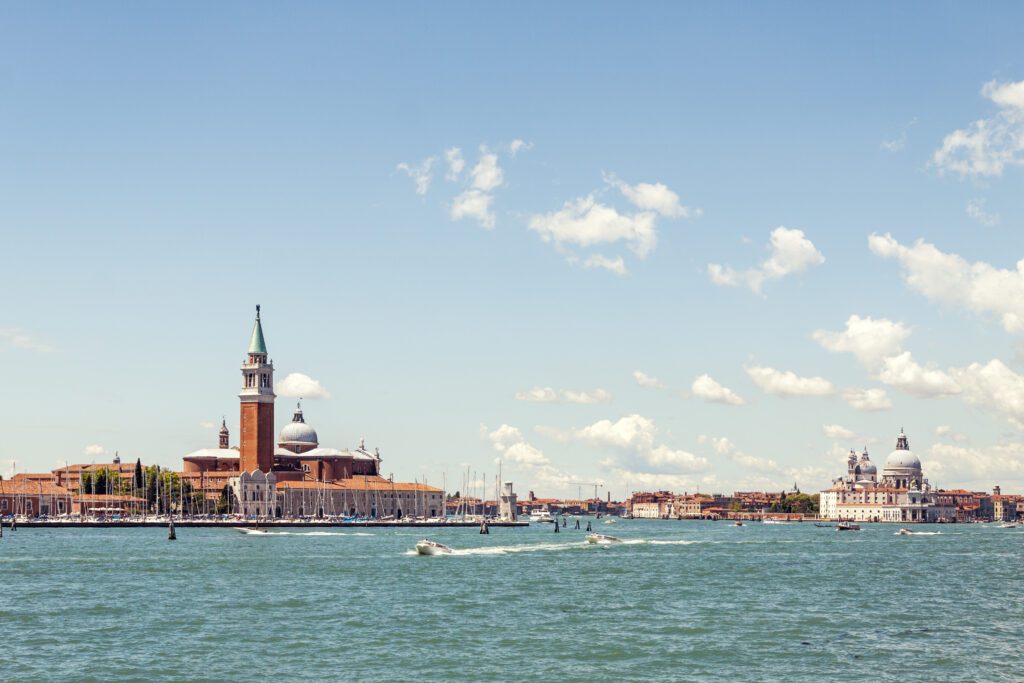
Venice in Celebration: A Journey Through Sport, Tradition, and Culture

The Venice Carnival in 2025 meets Casanova
